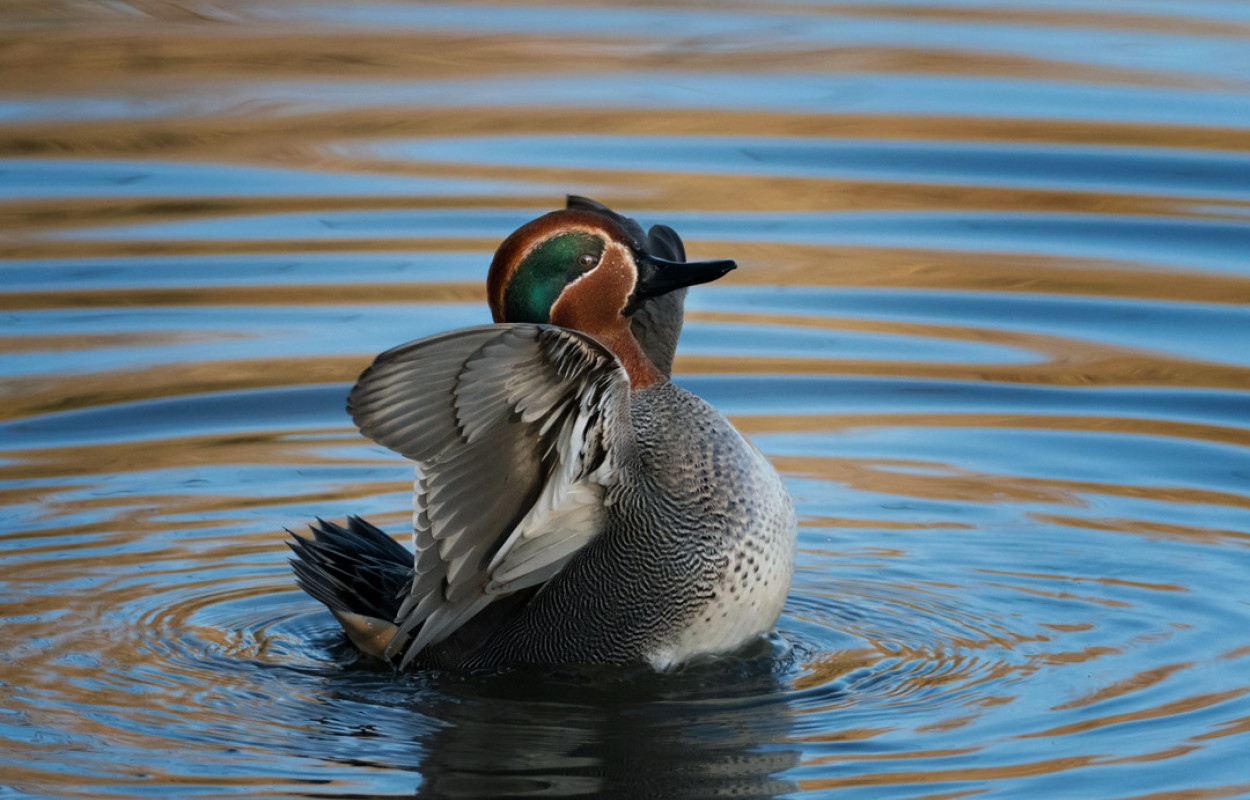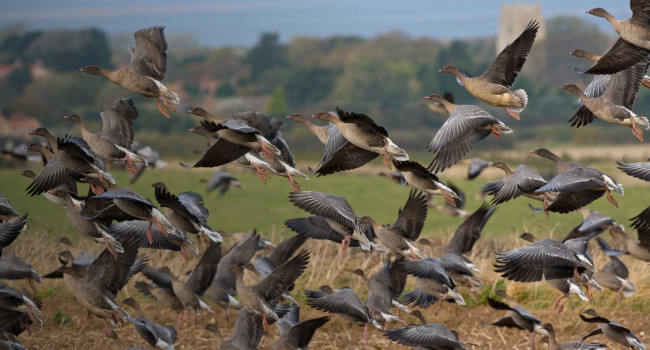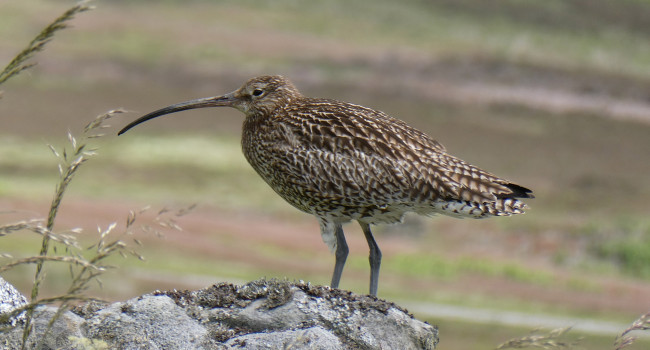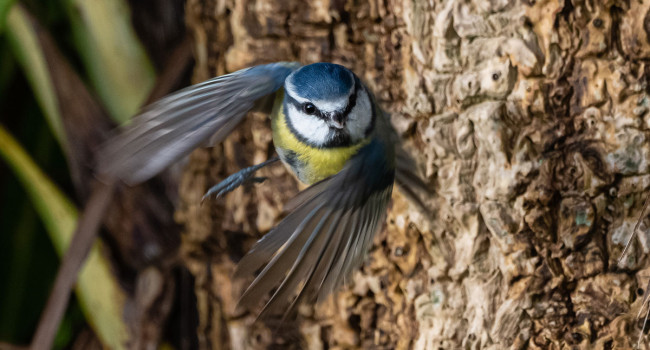High pathogenicity avian influenza: Targeted active surveillance of wild birds to enable early detection of emerging disease threats

Author(s): Wade, D., Ashton-Butt, A., Scott, G., Reid, S., Coward, V., Hansen, R.D.E., Banyard, A.C. & Ward, A.
Published: December 2022
Journal: Epidemiology & Infection
Digital Identifier No. (DOI): 10.1017/S0950268822001856
Although we lack complete understanding of the disease links between wild and captive bird populations, the pattern of HPAI emergence in captive poultry reflects the movements of migratory waterfowl (ducks, geese and swans). If we can detect the disease in arriving migrant waterfowl, could this provide greater opportunity to implement enhanced biosecurity measures and inform decisions on housing free-range poultry at an earlier stage, thereby reducing the impact of the disease?
UK poultry farmers are required to report any suspicion of HPAI infection within their flocks, which is then followed up by testing and the implementation of control measures if the disease is confirmed. Detection of the disease in wild birds relies on submission of dead birds for testing by APHA, the UK statutory agency.
This paper explores three alternative approaches, the faecal sampling of birds caught during routine bird ringing operations in the Humber region, faecal sampling of wild birds targeted in response to an HPAI outbreak in captive poultry in Suffolk, and cloacal sampling of hunter-harvested waterfowl taken at a site alongside the Humber Estuary. Both sampling approaches (faecal and cloacal) have been shown to be effective in identifying the presence of avian influenza in birds.
While none of the nearly 600 faecal samples collected during the two ringing approaches revealed the presence of HPAI, seven positive samples were detected in the 146 ducks and geese harvested by hunters. The bird species caught during the ringing operations were dominated by songbirds but did include three species of wader and two species of duck. The findings support the view that waterfowl are the primary wild bird hosts, rather than smaller birds.2sw
Importantly, the sampling of ducks and geese harvested by the hunters identified the presence of HPAI in the UK several days ahead of the first reports from poultry flocks or other wild birds. This study demonstrates, with just a single sampling site, that it is possible to detect the avian influenza virus via an active sampling approach before the nationwide passive approach can, highlighting that the wildfowl shooting network offers a potentially cost-effective approach to monitoring this disease in the UK.
Abstract
Avian influenza (AI) is an important disease that has significant implications for animal and human health. High pathogenicity AI (HPAI) has emerged in consecutive seasons within the UK to cause the largest outbreaks recorded. Statutory measures to control outbreaks of AI virus (AIV) at poultry farms involve disposal of all birds on infected premises. Understanding of the timing of incursions into the UK could facilitate decisions on improved responses. During the autumnal migration and wintering period (autumn 2019- spring 2020), three active sampling approaches were trialled for wild bird species considered likely to be involved in captive AI outbreaks with retrospective laboratory testing undertaken to define the presence of AIV.
Faecal sampling of birds (n=594) caught during routine and responsive mist net sampling failed to detect AIV. Cloacal sampling of hunter-harvested waterfowl (n=146) detected seven positive samples from three species with the earliest detection on the 17th October 2020. Statutory sampling first detected AIV in wild and captive birds on 3rd November 2020. We conclude that hunter sourced sampling of waterfowl presents an opportunity to detect AI within the UK in advance of outbreaks on poultry farms and allow for early intervention measures to protect the national poultry flock.







Share this page